10 days on the Mid-Atlantic Ridge
/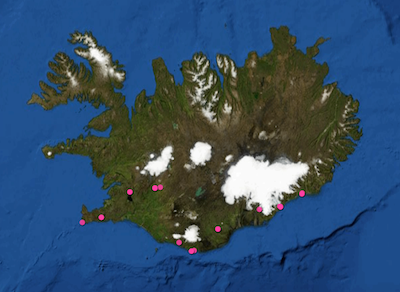 I have just returned from a 10-day holiday in Iceland, an anomalous above-sea-level bump in the North Atlantic's mid-ocean ridge. It sits over a mantle hotspot at the junction of the ridge and the WNW–ESE volcanic province stretching from the Greenland to the Faroes.
I have just returned from a 10-day holiday in Iceland, an anomalous above-sea-level bump in the North Atlantic's mid-ocean ridge. It sits over a mantle hotspot at the junction of the ridge and the WNW–ESE volcanic province stretching from the Greenland to the Faroes.
Meteorologically, culinarily, fincancially, Iceland does not score especially highly. But geologically—the only way that really matters—it's the most amazing place I've ever been. And we only visited a few spots (right). Here are some highlights...
Reykjanes. My favourite geological locality was the first place we went, and the most desolate. Barely half-an-hour's drive from the airport, you can go and see the Mid-Atlantic Ridge rise out of the North Atlantic, and start its romp across the country. Reykjanes looks much like you'd expect newborn crust to look: a brutal but pristine landscape of lava, interrupted by clusters of small volcanic cones, elongate fissures, and small grabens.
Þingvellir. The archetypal rift valley is Þingvellir (Thingvellir), which almost defies description. On top of the textbook geology is a layer of almost magical history — mythical in character, but completely real. For example, you can stand next to the drekkingarhylur (drowning pool), where deviants were executed by drowning, and diligently documented, from about 930 CE onwards. Explorationists know that early rifting is often associated with lacustrine deposits, rapid subsidence, and source rocks. And Iceland's largest lake sits happily in a new (relatively) rift valley, subsiding dutifully since records began.
Ice. The other thing Iceland has plenty of, apart from lava, is ice. I've seen plenty of glaciers before, and climbed around on a few, but I've never seen them calving icebergs. And I've never seen the products of subglacial eruptions: massive plains of sand dumped by jökulhlaups, and distinctively elongate or flat-topped volcanos.
We vowed to return when our youngest, who is only 3 now, is old enough to remember some of it. We mostly stayed in guesthouses, but we decided a camper van is the way to go — there's so much to see. I also realized I need a lot more photographic equipment! And skill.





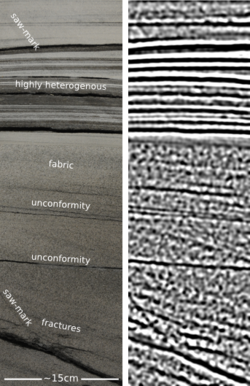


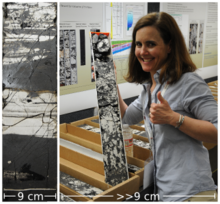

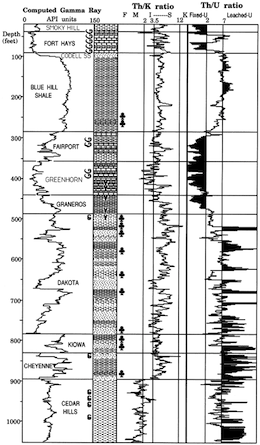
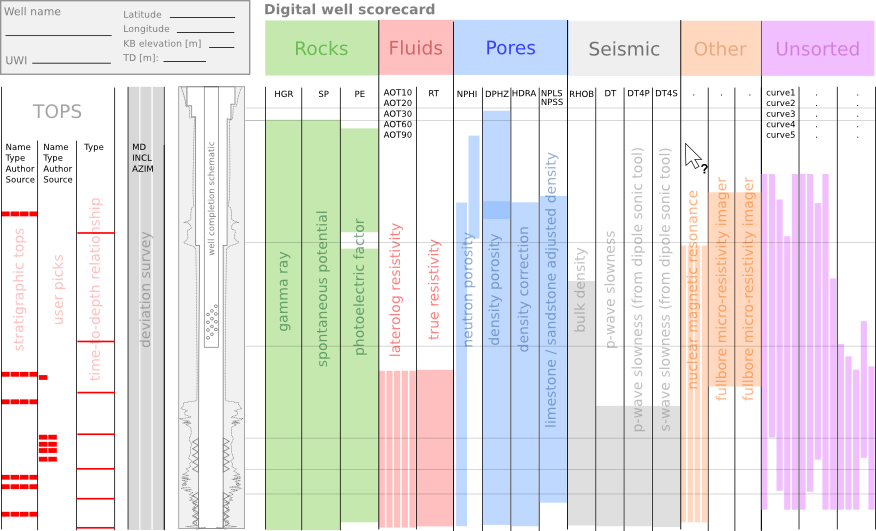
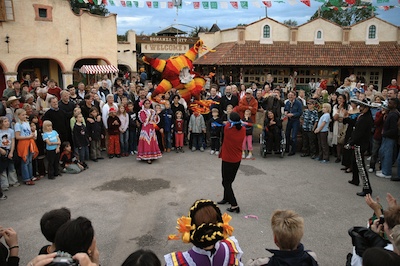

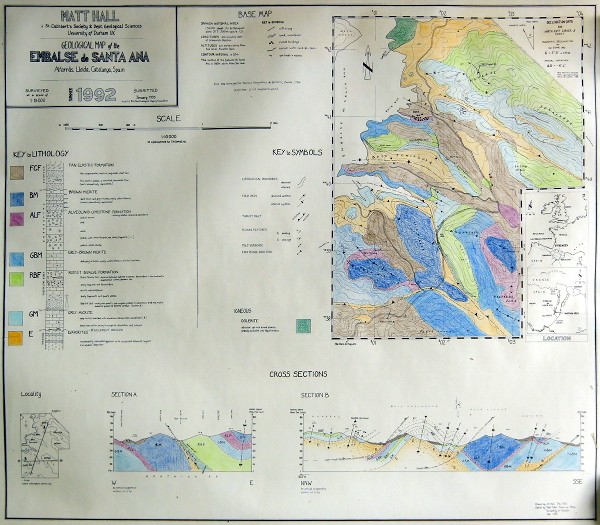




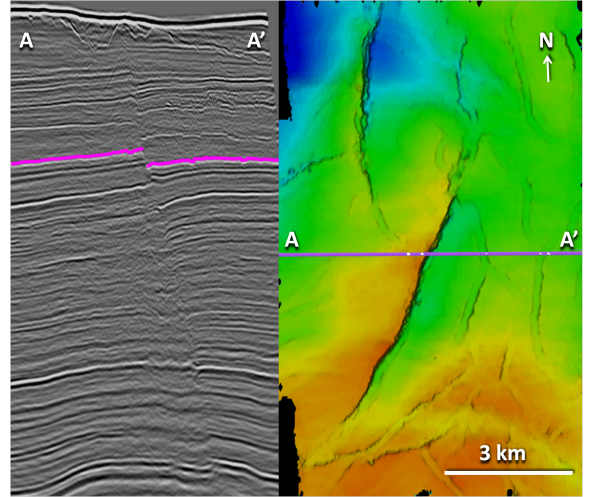
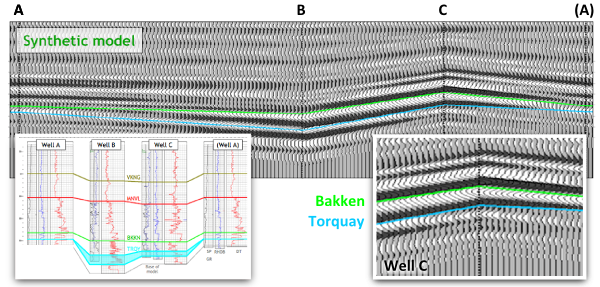
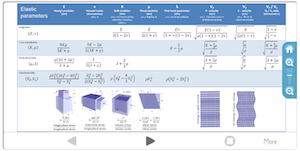







 Except where noted, this content is licensed
Except where noted, this content is licensed